

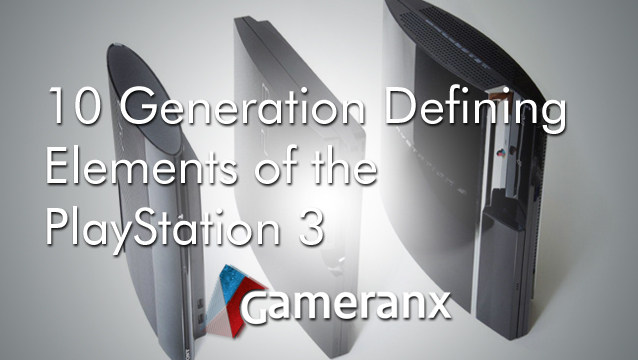
As one of the three big consoles of the seventh console generation, the PS3 had an extremely strong legacy, but also a very rocky start, as you’ll see in this here list. The PlayStation 2 was in millions of households and held the standard for the core gamer’s console of choice, despite the rise of Microsoft’s XBox at the start of the 2000s. That means that the PS3 had quite a reputation to live up to.
Let’s take a look into how the console has evolved ever since 2005 when it was announced at E3. It is the eve of the eighth generation of consoles, afterall.

A brand new technology at the time, the Blu-ray disc player was touted as a huge selling point for the console, and for good reason - the price of Blu-ray drives and players was astronomical at the time, and the discs themselves were also rare and cost a fortune. Despite this, the huge data capacity of the media as well as the high reading speed gave the possibility of higher quality movies and more assets in games. Over the years, the Blu-ray has become almost ubiquitous when it comes to high-definition movies, making the PS3 worth it as a multimedia machine.
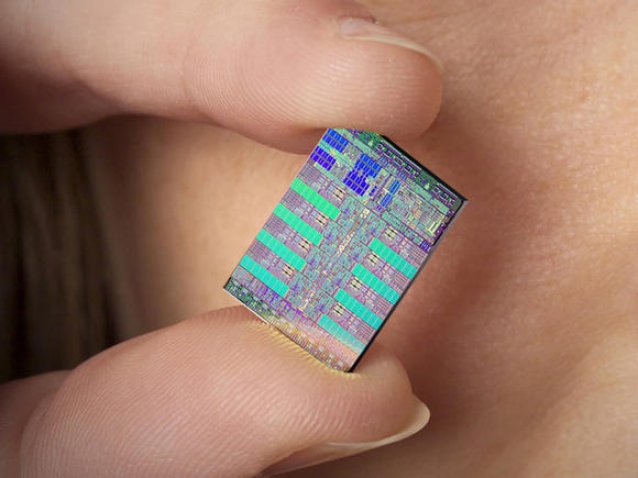
The Cell was a double-edged sword for Sony’s console. It was an extremely powerful microprocessor made up of one big PowerPC-based 3.2GHz CPU and eight Synergistic Processing Elements which gave a lot of performance in the hands of the user. On the other hand, the unfamiliar architecture made the console difficult to program for - an aspect many developers were sure to point out.

Most people remember a thing or two about the E3 PS3 announcements. One of them was Kaz Hirai’s excited “Riiiidge Racer!”. The other was the ludicrous 600 dollar price tag attached to the console. At double the price of the Nintendo Wii, and quite a bit more expensive than the already popular XBox 360, the PS3 lost quite a few fans to the lofty point of entry. At least Sony seems to have learned from its mistakes since, even if it was somewhat justified from the cost of production point of view (each 60GB PS3’s cost about $850 to produce at launch).
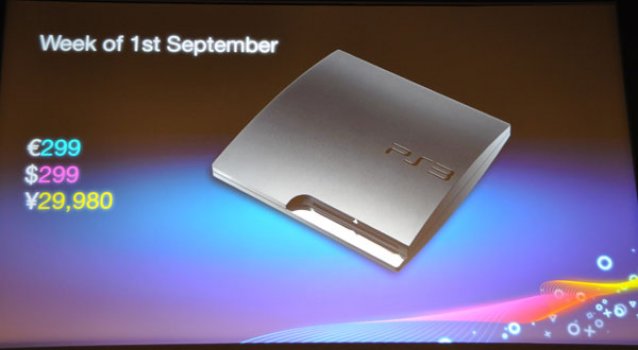
Because of the negative press and low sales, Sony’s expensive console had violently cut its price over the years, the first year bringing a whole $100 discount. 2008 brought another $100 cut, this time to the 80GB model (the old 60GB one having been discontinued). In 2009 came the PlayStation Slim, which cut the price down even more to $299. The most powerful of the three big consoles became half of its original price, 3 years after it came out.

August 2009 brought the introduction of a sexy new matte machine - the PS3 Slim. As a result, all the previous consoles have been dubbed PS3 Fat. Good thing they aren’t self conscious. While it wasn’t a new concept (the PS2 was also relaunched with a much smaller Slim version), the PS3 Slim proved to be very popular due to its relatively low $299 price point and 120GB hard drive, not to mention the small form and matte finish, much less prone to getting smudgy fingerprints everywhere.

One of the selling points for the more inventive people was the ability of installing Linux or Unix on the powerful system using OtherOS. This allowed users access to 6 of the 7 available Cell processor cores, but not to the RSX 'Reality Synthesizer' graphics chip. Even so, it was novel to have the ability of introducing an open source operating system on a console - a traditionally closed system.
At least that was the case until 2010, when Sony introduced an update on April 1st discontinuing support of the feature (which wasn’t available at all on the Slim version). People were mad about it, seeing it as the removal of a feature which was previously advertised, but nothing really came of it.
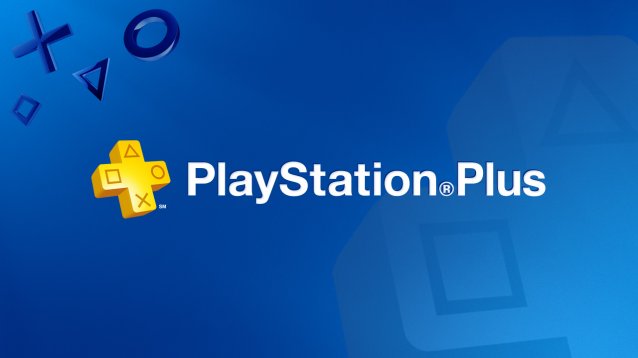
The XBox 360 had the mandatory Gold subscription to support their online systems. As a result, Microsoft’s online experience was generally more reliable, but it also cost money, while not really getting else much in return. As a response, Sony brought out PlayStation+, a premium subscription for the Playstation Network to compete with Gold, though playing online was still free.
It wasn’t anything too special until 2012 came along and Sony introduced the Instant Game Collection, a bundle of games rotating each month, available to play in full as long as you are still a member. This has proven to be an extremely popular move and for good reason - who doesn’t like cheap games?
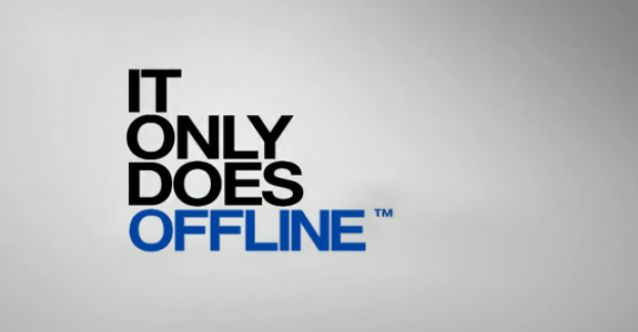
April 2011 saw one of history’s largest data security breaches in history, in which personal details from approximately 77 million accounts were stolen. It was huge. On April 20th, the PlayStation Network blacked out. It was only a few weeks, but it was extremely dramatic. 24 days later the systems were back online and nominal, with all users having to change their password before finally being able to play their games online again. Sony received a lot of flak for how they’ve dealt with the issue, but it was only the first of many attacks on gaming systems since.

The PlayStation Move was seen by many as a complete rip-off of the Wii-mote. It had mostly the same shape, you held it like a Wii-mote, it even felt like one. Despite the slow sales, the Move increased in popularity over time because of its very responsive nature, great sensitivity and immersion granted by both the glowy ball at the top (used to track its location via camera) and the multitude of sensors inside the wand itself.
In addition, it’s going to be compatible with the PS4, and the Dual-Shock 4 features the glowy thing of the Move! We like glowy things.

Last but certainly not least are the exclusives. Without these games, the PS3 wouldn’t have been quite as special. Some of them have been popular enough to warrant the price of the entire console. There’s plenty of killer apps on the PS3, so I’m just going to leave some of the titles here:
Demon's Souls
God of War III
Gran Turismo 5
Heavy Rain
Infamous and Infamous 2
Killzone 2 and Killzone 3
The Last of Us
LittleBigPlanet and LittleBigPlanet 2
Metal Gear Solid 4: Guns of the Patriots
Resistance: Fall of Man
The Pixeljunk series
Flower and Journey
The Ratchet and Clank series
The Uncharted series
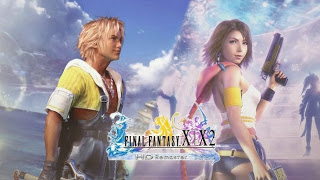

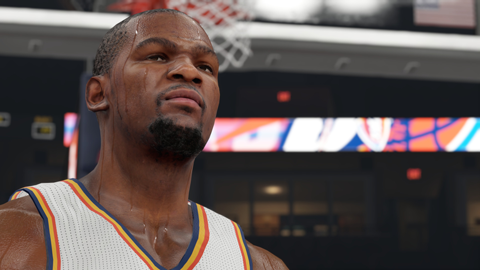
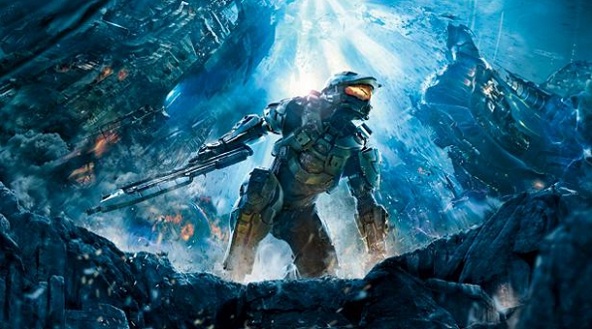
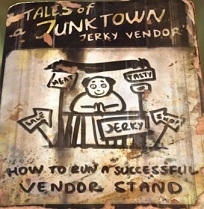 Fallout 4: Tales of a Junktown Jerky Vendor Magazine Locations
Fallout 4: Tales of a Junktown Jerky Vendor Magazine Locations GTA 5: Golden Peyote Location / Legendary Bigfoot guide
GTA 5: Golden Peyote Location / Legendary Bigfoot guide Troll and I Wiki – Everything you need to know about the game .
Troll and I Wiki – Everything you need to know about the game .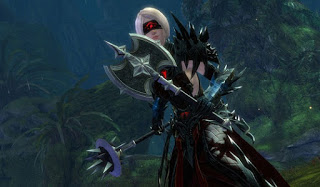 Hands on with Guild Wars 2: Heart of Thorns (Close Beta)
Hands on with Guild Wars 2: Heart of Thorns (Close Beta) 10 League of Legends Champions to Get You Out of Bronze
10 League of Legends Champions to Get You Out of Bronze